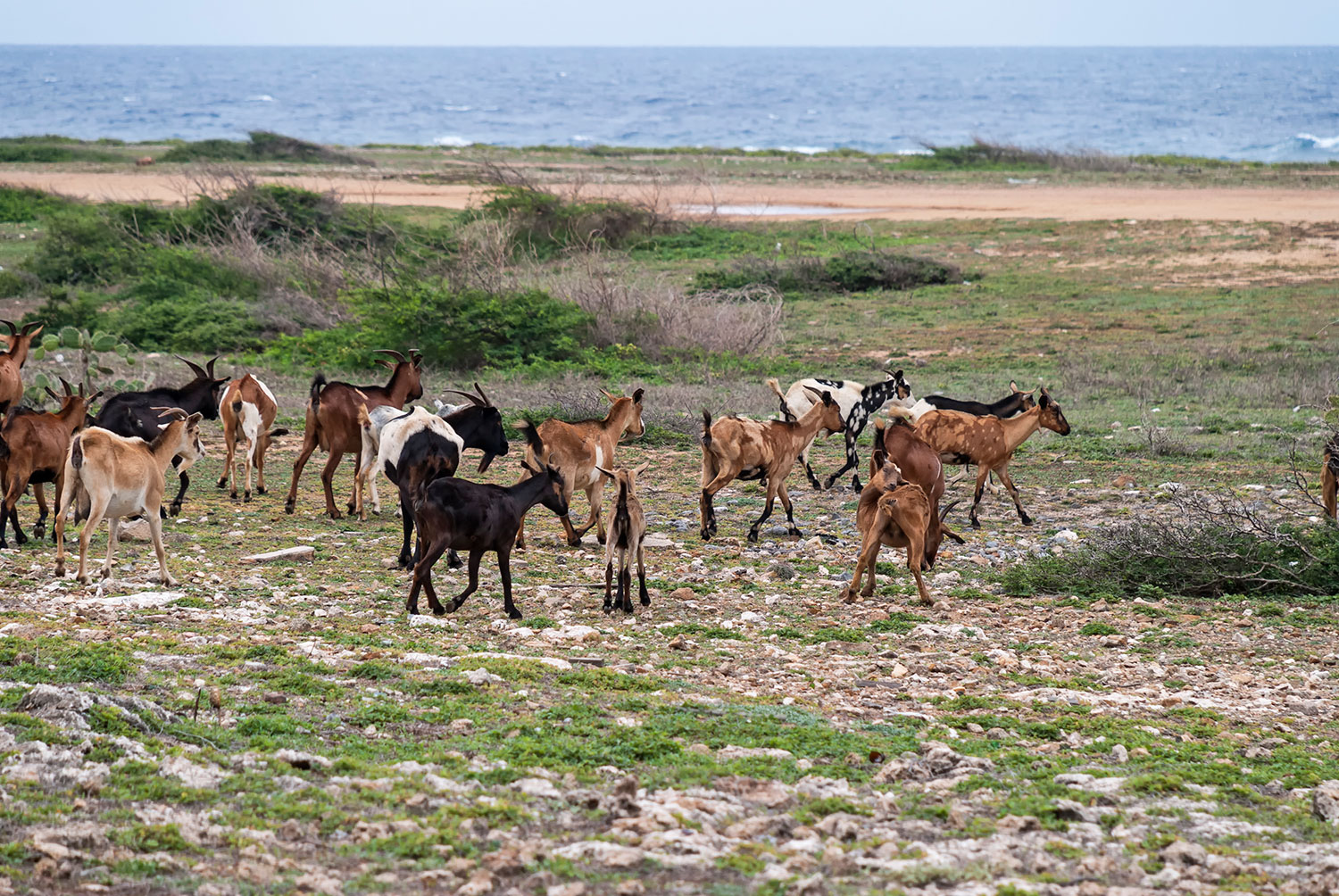Catch-22 in the Netherlands Antilles
Biodiversity on Curaçao and Bonaire is suffering severely from drought. The islands have never had a lot of water, and pressure on the scarce water resources has increased hugely in recent decades as tourism has increased. The countless goats that have grazed there since time immemorial have only made the situation worse. They eat all the vegetation, which leads to erosion. After a heavy downpour, the rainwater can barely penetrate the soil and much flows straight into the ocean.
This summer, Dr Boris van Breukelen of the Water Management department (part of Civil Engineering and Geosciences) will lead a research project into the hydrology of the islands. The project is called SEALINK and nine PhD students are working on it. The researchers want to find out where the groundwater seeps into the sea, how effluent from leaky septic tanks merges with that groundwater and so also reaches the sea and how this impacts the coral.
Measures to combat drought, such as reducing the number of goats, may actually aggravate the effect on the coral reefs, fears Van Breukelen; if the groundwater level rises, more pollution could flow into the sea. The islands face a potential catch-22 situation between drought and marine pollution. Hopefully, this study will identify possible avenues for solutions.
